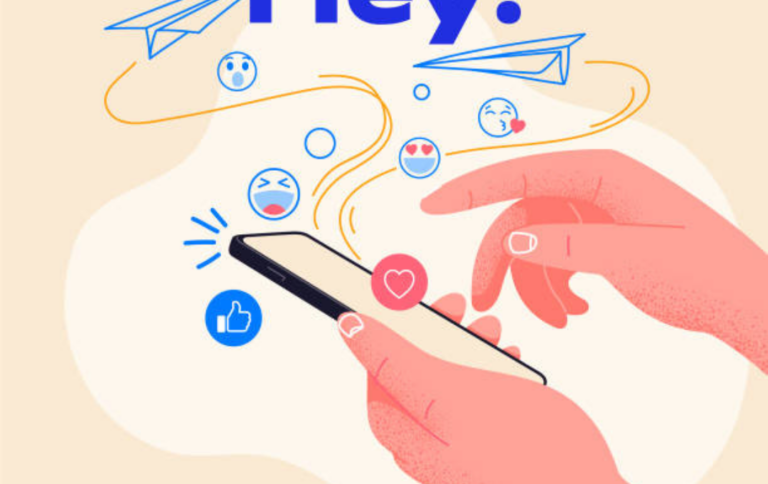10 Top 21st Century Teacher Skill Set

You might have heard the term 21st century teacher being bandied about in both the media and educational circles without caring as much to ask what it actually means. Or maybe you’ve come across it in educational article one too many times without sparing some thoughts on what its meaning. Well, it’s time to break it down for you and give you a more comprehensive idea of the 10 top 21st century teacher skill set.
Beyond being up-to-date with the use of technology and how to incorporate e-learning into the classroom, what exactly does the term 21st century teacher denote? And what are the skills sets expected of a 21st century teacher?
Read also: How to become a Professional Teacher
Top 21st Century Teacher Skill Set
In this article we are going to bring to you at least 10 top 21st century teacher skill set and why every teacher worth his or her salt must ensure they equip themselves with these skills in order to remain relevant in the modern classroom of the 21 century:
1. Imbibing Teaching Strategies That Prepare For The Future
A 21st century teacher looks forward to the future, imbibing teaching techniques and strategies that takes cognizance of the ever-changing trends in technology and are in line with what the future may bring to education. This includes future career opportunities for students, as well as always advocating towards thinking futuristically, and not leaving any student behind. The 21st century teacher must incorporate strategies that seek to prepare students for the future where they will live and work, not focused on the current world.
2. Should Be A Master Of Incorporating Technology In The Classroom
A 21st century teacher should be adept at using technology in the classroom to advance the course of learning. This is because the future is technology-driven, and the teacher who looks up to the future has to find a way to catch up with the latest trends in e-learning and computer-assisted education, be it in lessons delivery, assignments, or grading. This is to assist student learn faster and better, and equip them with the necessary skills and knowledge to face the world of tomorrow. An effective and up-to-date teacher knows that technology is a powerful tool that can transform the lives of students if deployed correctly. They know the best tools to use and how or when to use them effectively.
3. Values Collaboration
Collaboration is an essential skill that a 21st century teacher has to learn and imbibe. Collaboration and being able to work as part of a team is essential for the success of any good teacher. Teaching and learning is considered to be more effective when you possess the requisite skills of being able to work and collaborate with others, communicating your ideas across board and being able to influence the thinking of others in a positive way.
4. Being Adaptive To Change
A 21st century teacher must be adaptive to new ways of doing things and adapt them easily without feeling left behind. Technologies in the classroom keep improving, and so is new teaching methods and strategies. A 21st century teacher has to be well aware of the ever-changing teaching landscape and adapt accordingly. Just as method of teaching has dramatically changed, so has the tools (with smartboards now replacing traditional chalkboards, and tablets taking the place of textbooks). Thus, the teacher should be able to blend in with new teaching realities, adapting to new technologies and curriculum, and using imaginative and creative ways to effect teaching in the classroom.
5. Is A Lifelong Learner
The 21st century teachers continues to seek for further knowledge even as a teacher in order to continually improve on their teaching and delivery methods. They just don’t expect to teach their students with outdated models of teaching, but seek to reinvent themselves in order to keep abreast of the latest techniques in their area of knowledge. Even though they may still use the same lesson plan for years, but it has to be modified to fit in with new realities. They will also learn how to use emerging tools in technology in order to effectively teach properly.
6. Advocates For Their Profession
The 21st century understands that perception is everything in every profession. Thus, they use every opportunity to advocate for their profession and help advance its cause. They talk about the important issues affecting education and teachers even in their communities, keeping parents and guardians informed about recent happenings in education and how their children’s or wards interests are being protected educationally.
7. Go Global
The 21st century teacher has to leave behind the small community mentality and embrace global thinking. This includes learning about cultures, languages, and communication skills from actually talking to people from other parts of the world.
8. Blog
Blogging as a teacher cannot be overemphasized, as it is one of the avenues, aside the classroom, where you can get to share your knowledge with both your students and the outside world. The 21st century teacher has to be equipped with blogging skills where they put out their ideas and establish a digital presence.
9. Go Digital
The 21st century teacher has to go digital. This includes organising teaching resource and materials on your own website or other digital platforms, and integrating technology to help make the teaching and learning experience seamless. Being able to share links and engage in digital discussions, as opposed to endless flow of paper trails allows students to access and share resource materials in a more organised and integrated way.
Read also: How to create a standard elearning course
10. Innovate
One way of staying ahead of the pack is in constant innovation and reinvention. The 21st century teacher has to be a master in innovation, both in ideas and in work tools. You have to effectively use the social media space to teach and impart knowledge. Also of importance is the use of such tools as TED talks to improve learning and get your students to engage in active discussions that make the learning process more immersive and rich in content.
Conclusion
21st Century learning means teaching just as it was done in the past centuries, but with improved and refined tools. That is why today’s teachers have a great advantage, what with powerful learning tools at their disposal that they didn’t have before. 21st Century technology provides an opportunity for students to acquire more knowledge and the teachers have to live up to expectation and embrace the technologies in order to deliver the requisite knowledge that will help shape the future of tomorrow’s leaders.
Thank you for reading our article on 10 top 21st Century Teacher Skill set. Hope you’ve learnt a thing or two. Kindly share our post.







